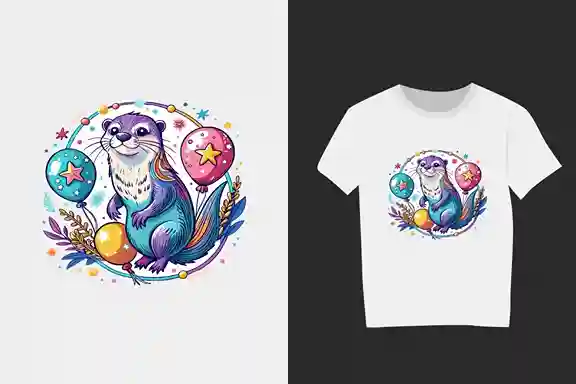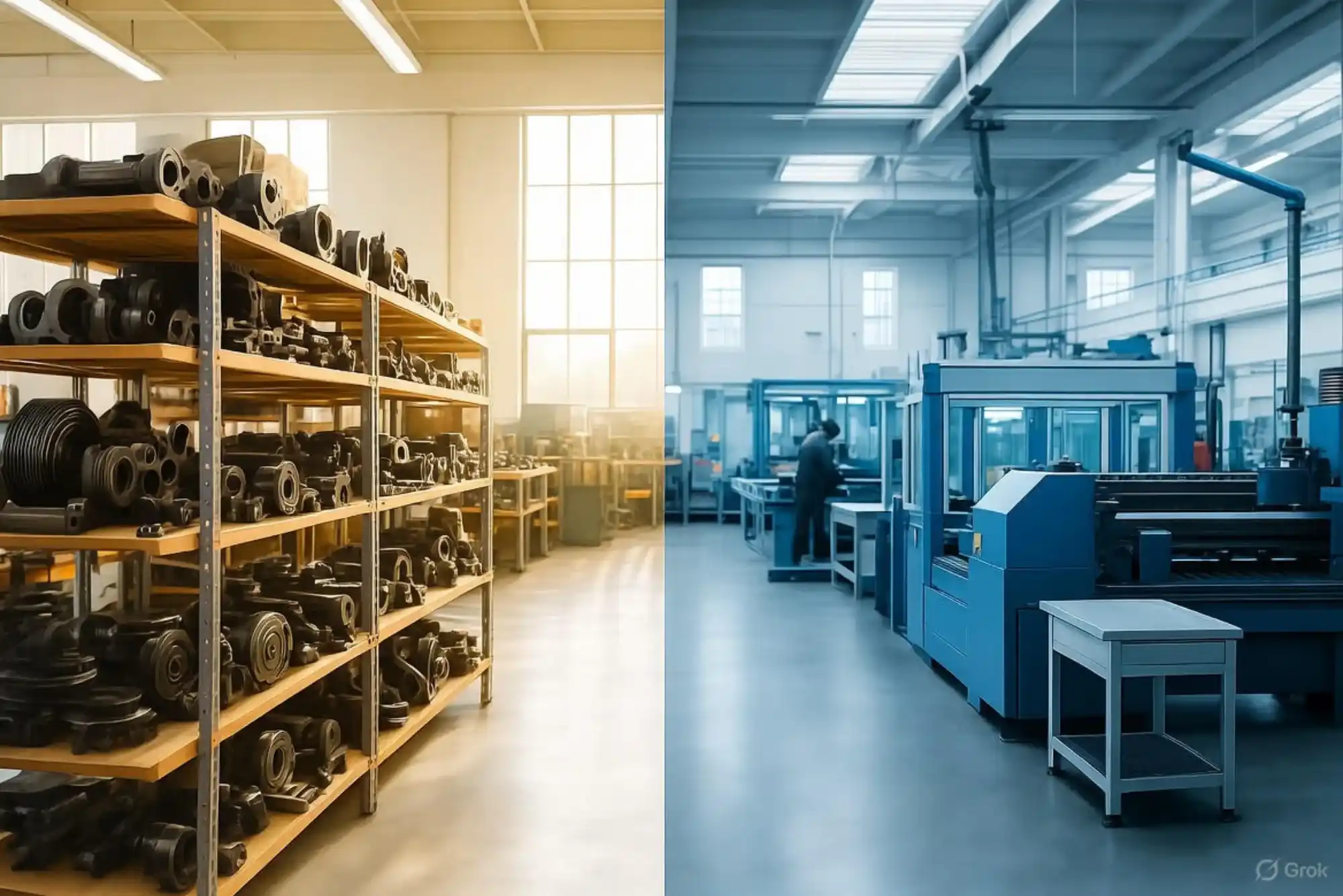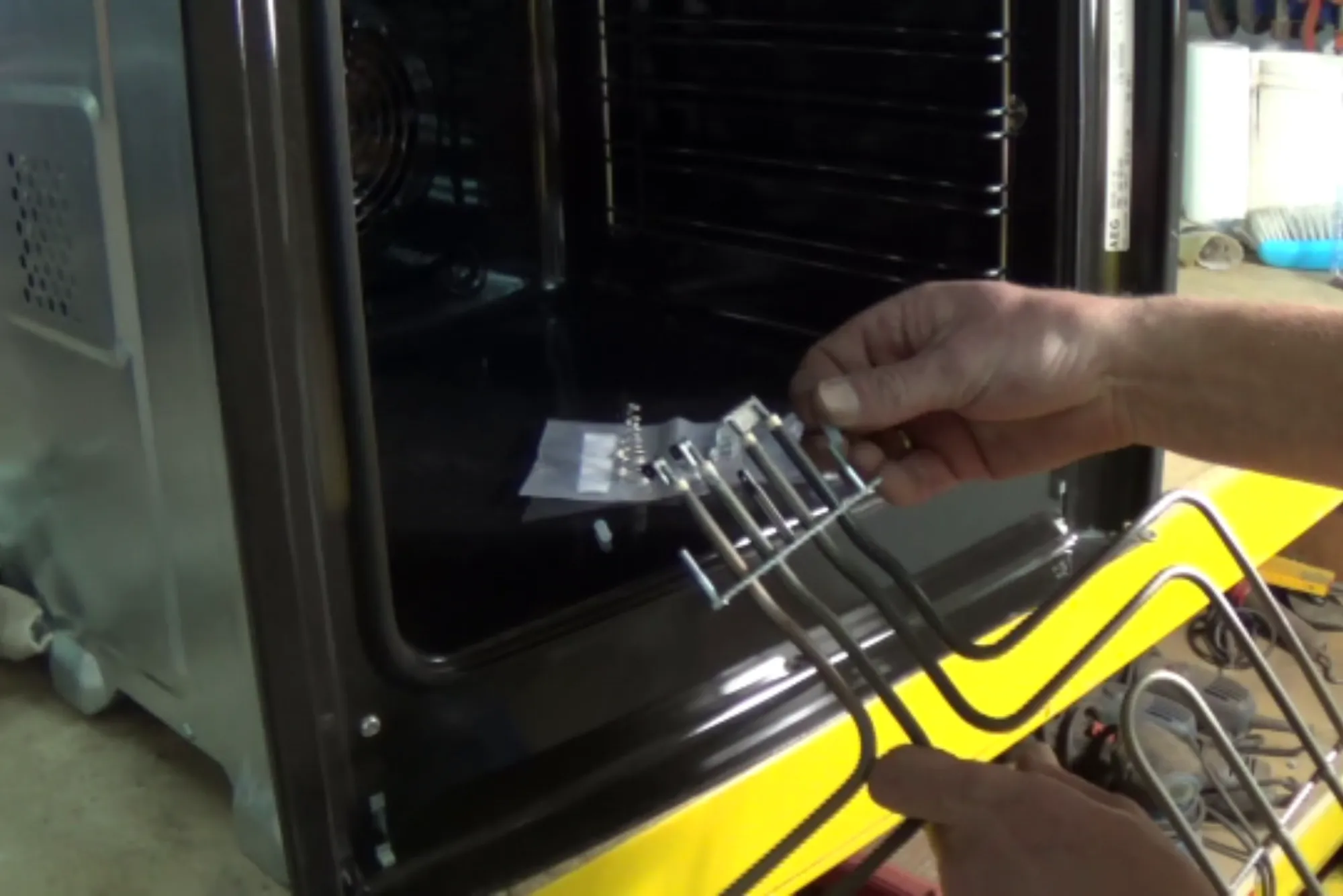Why Quality Matters in DTF Transfers
Creating high-quality DTF transfers is essential for achieving professional, durable, and vibrant prints. Whether you’re producing custom apparel for a business or personal projects, the right techniques can ensure that DTF prints look sharp, last longer, and maintain their color vibrancy even after multiple washes. Following best practices helps prevent issues like peeling, fading, or cracking.
Choosing the Right Printer and Ink for DTF
The foundation of high-quality DTF transfers starts with using a reliable DTF printer and high-quality pigment inks. Subpar ink can result in dull colors and poor adhesion. Investing in premium DTF inks ensures that prints are vibrant, sharp, and long-lasting. Regular maintenance of the printer, such as cleaning printheads, also plays a crucial role in achieving consistent quality.
Optimizing Image Resolution for Sharp Prints
For the best results, designs should be created at a resolution of at least 300 DPI (dots per inch). Low-resolution images can appear pixelated or blurry when printed. Using vector-based graphics or high-resolution PNG files ensures that DTF transfers maintain crisp details and smooth color transitions.
Using the Right Film and Adhesive Powder
Not all transfer films and adhesive powders are created equal. Using high-quality DTF film ensures proper ink absorption and smooth peeling. Likewise, applying the correct amount of adhesive powder evenly over the print ensures a strong bond to the fabric. Too much powder can cause a rough texture, while too little can lead to weak adhesion.
Proper Curing Techniques for DTF Transfers
One of the most critical steps in producing high-quality DTF transfers is properly curing the adhesive powder. This process involves heating the transfer at the right temperature to ensure it fully bonds with the fabric. Over-curing can cause ink discoloration, while under-curing may lead to poor adhesion and premature peeling. Following the recommended curing time and temperature prevents these issues.
Applying DTF Transfers with the Right Heat Press Settings
Proper application is key to the durability of DTF transfers. Setting the heat press to the correct temperature (typically 300-320°F) and applying even pressure ensures a strong and lasting bond between the design and the fabric. Incorrect heat settings can result in poor adhesion or damage to the garment.
Ensuring Proper Peeling for a Clean Finish
Peeling the transfer film at the right temperature (either hot or cold, depending on the film type) is essential for a clean and professional finish. Rushing this step can lead to incomplete transfers, while peeling too late can make removal difficult. Always follow the recommended peeling instructions for the specific type of DTF film used.
Post-Pressing for Enhanced Durability
For added durability, performing a second press after peeling the film helps reinforce adhesion and smooth out the design. Covering the print with a Teflon sheet or parchment paper and pressing for 5-10 seconds ensures that the DTF transfer is fully bonded and resistant to cracking or peeling over time.
Proper Storage of DTF Transfers
Unused DTF transfers should be stored in a cool, dry environment away from direct sunlight and moisture. Exposure to humidity can affect the adhesive powder, leading to poor application results. Keeping transfers in an airtight container or zip-lock bag helps preserve their quality for future use.
Conclusion
Achieving high-quality DTF transfers requires attention to detail at every stage of the process. From selecting the right materials and printer settings to curing, pressing, and peeling correctly, each step plays a crucial role in the final result. By following these best practices, you can create DTF prints that are vibrant, durable, and professional-looking every time.
Frequently Asked Questions
- What is the best resolution for DTF printing?
- A resolution of at least 300 DPI ensures that DTF transfers are sharp and detailed.
- How do I prevent DTF prints from fading?
- Using high-quality inks, curing properly, and washing garments in cold water can prevent DTF prints from fading.
- Why is my DTF transfer peeling?
- Poor adhesion may be due to incorrect heat press settings, insufficient adhesive powder, or improper peeling technique.
- What temperature should I use for applying DTF transfers?
- Typically, DTF transfers should be applied at 300-320°F (150-160°C) with medium to high pressure.
- Should I use hot or cold peel for DTF transfers?
- It depends on the film type; always follow manufacturer recommendations for either hot or cold peeling.
- How can I ensure my DTF prints last longer?
- Proper curing, correct heat press settings, and washing garments inside out in cold water help extend the life of DTF prints.
- Can I reuse DTF transfer films?
- No, DTF transfers are designed for single-use applications only.
- How do I store unused DTF transfers?
- Store in a dry, cool place away from moisture and direct sunlight to maintain print quality.
- What fabrics work best with DTF transfers?
- DTF works on cotton, polyester, blends, synthetic materials, and more.
- Is post-pressing necessary for DTF transfers?
Yes, post-pressing improves adhesion and durability, making DTF prints more resistant to wear and tear.





